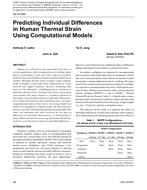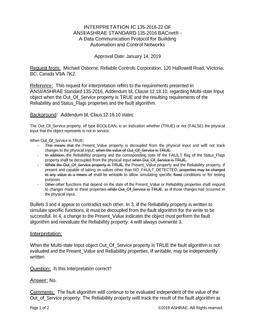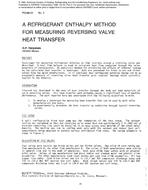With buildings accounting for 70% of electrical demand, the electrical grid will require a more reliable and resilient demand side management from buildings. Building decarbonization is pushing for the advancement of grid-interactive efficient buildings (GEBs) to improve the energy efficiency and demand flexibility of residential households. In the last decade, smart home technologies have been explored to increase energy efficiency, improve occupant comfort, and leverage distributed energy resources (DERs) to increase the grid resilience of households.
A smart and connected home testbed, consisting of identical 1,200 ft2 houses, has been designed and constructed to allow for an apples-to-apples comparison of smart home technologies. Potential research topics, which will be explored in this testbed, include the performance of high-efficient HVAC equipment, the energy and indoor air quality benefits with high-performance building envelope (e.g., wall, window, etc.), HVAC operation using smart sensors and controls, smart and connected appliances, etc. Furthermore, this testbed will enable the evaluations and comparisons of advanced demand side flexibility strategies with conventional controls in a controlled laboratory testing environment in terms of energy efficiency, load flexibility, and indoor air quality.
Product Details
- Published:
- 2022
- Number of Pages:
- 9
- Units of Measure:
- Dual
- File Size:
- 1 file , 1.8 MB
- Product Code(s):
- D-TO-22-C031
- Note:
- This product is unavailable in Russia, Belarus


